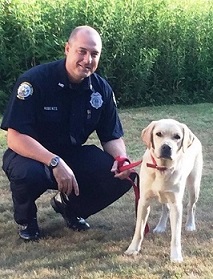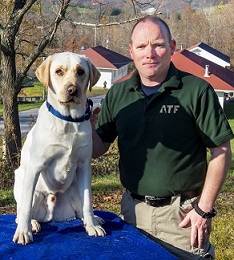Investigating a fire scene is unlike any other investigation because evidence that could be involved in the fire may be destroyed.
The State Fire Marshal's Office Investigation Division has three offices located in the northern, central and southern regions of Maine. The offices are staffed by three sergeants and eleven investigators. State fire investigators are sworn law enforcement officers responsible for investigating the origin and cause of all fires causing death and serious injury. If a fire is determined to be an arson (intentional human element), the investigator completes interviews and gathers evidence to determine suspects of the crime of Arson (Class A), under the Maine Criminal Statutes 17-A. The Investigations Division has a Response Protocol in place: Investigations Response Protocol (PDF, 93 KB)
This Division is the representative of the Attorney General's Office in the area of fire investigations and explosions, and state fire investigators make arrests, write summons, and conduct administrative and criminal search warrants throughout the investigation process. They interview complainants, suspects, and witnesses to develop information for a case; and collect and process evidence from the scene. Fire investigators work closely with the Bureau of Alcohol, Tobacco, Firearms and Explosives (ATF&E), and the two agencies jointly investigate fires and explosions within the state. Additional investigator responsibilities include: conducting fireworks inspections, processing complaints, investigation of mechanical ride accidents, training fire and police departments to investigate fires, utilizing accelerant detection canines at fire scenes, training and caring for canines, and attending speaking engagements.
The Division uses two accelerant detection canines at fire scenes: one is a yellow lab named Deacon and the other is a yellow lab named Harry. These dogs are trained to notify the investigator when they smell accelerants that they are trained to detect. They must be able to "scent-discriminate" at a fire scene by ignoring all of the other smells at the scene, and alert the investigator if they smell the substances they are looking for. Once a dog has indicated on a spot, a sample of the debris in that area can be taken and sent to the lab for examination and possible identification. These dogs enable fire investigators to save time by being able to cover the fire scene more quickly than humans, and they save money by narrowing down how many samples need to be sent to the lab for processing. Although Harry and Deacon were trained in two different canine programs, they detect the same accelerants and are handled the same way.
|
Harry: He has been trained through the ATF accelerant detection canine program. With him is Investigator Jeremy Damren. |
 Deacon: He has been trained through the State Farm accelerant detection canine program. With him is Investigator Mark Roberts. |
The dogs must be "worked" daily, and the investigator taking care of the dog must set up a "scene" where there is accelerant for the dog to find. Once the dog has found the substance and notified the investigator, then the dog will be given its dinner. This reinforces the dog's association of getting fed when they find accelerants. The dogs and their handlers have to be recertified as a team each year in order to retain their legal ability to investigate fires.
For more information on accelerant detection canines, please select the links to the State Farm's Arson Dog Program: arsondog.org or the Bureau of Alcohol, Tobacco, Firearms and Explosives fact sheet web page: Accelerant detection canines.
